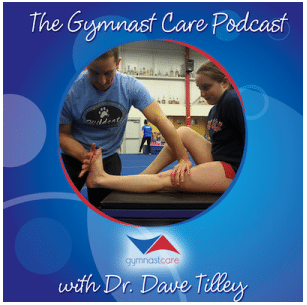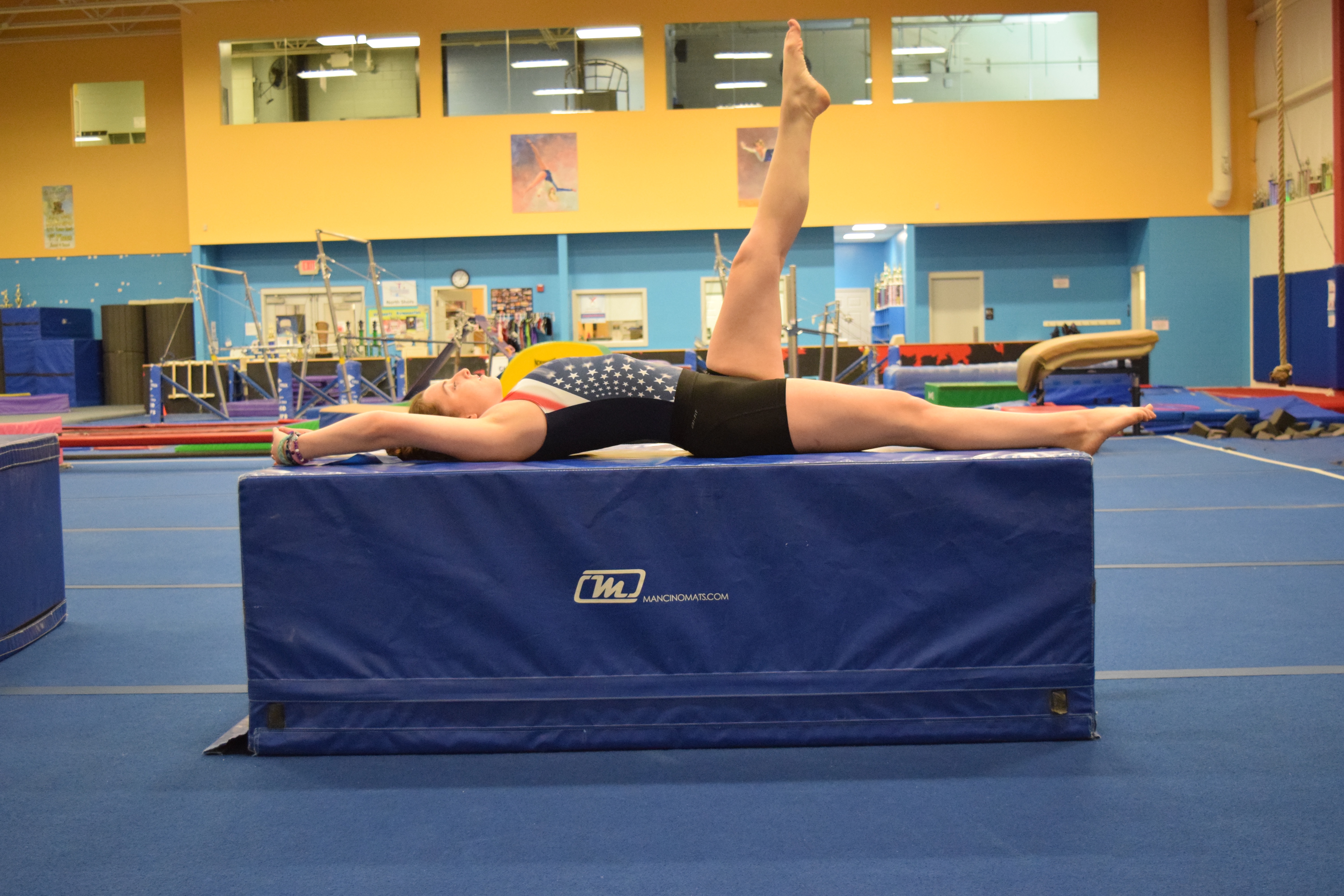Master Handstand Push Ups With 3 Mobility Must Haves
Through CrossFit and many other fitness platforms, a lot of people are trying to pursue handstand and handstand push ups during training. Being a former gymnast and still being a coach, nothing makes me happier. However, many people are unfortunately jumping over some key steps. It many times leads to a visit in the clinic for advice on wrist, shoulder, or neck pain. One of the baseline areas we need to cover is having enough overhead handstand mobility. Here are 3 mobility areas I think are crucial to screen, develop, and work on if handstands / handstand push ups are a goal of yours. I’ll also include a few mobility exercises that I give out a lot.
1. Weight Bearing Wrist Mobility
The most commonly overlooked area to screen out and treat is the wrist joint. The majority of people who are trying handstands and handstand push ups for the first time have never thought about how flexible their wrists are. People tend to go through their day gripping, using their hands, and flexing their wrist a lot. If you take this plus any other gripping, barbell, or hanging workout that uses the forearm flexing muscles it can further compound the issue. This can then cause a really big loss in wrist extension motion, both from the soft tissue stiffness and possibly radiocarpal joint stiffness. Here is a video I put together that goes through a screen, some mobility drills, and some follow up gymnastics drills I like to give people.
2. Shoulder Soft Tissue Mobility
The next are that tends to really hold back a good handstand alignment is stiffness in the soft tissues under the arm such as the lat, teres major, subscap, or also the pec area. Again lots of pull ups, push ups, or lots of barbell work trying to keep a close bar path can create stiffness quick. If these areas become overly tight, they can limit the amount of true shoulder joint motion that can occur. This then can lead to local shoulder pain, stress at the wrist, or also lower back pain from the person having to hyper extend their back to maintain balance. This underlying mobility issue leads to a major alignment problem, which then can not only contribute to injury overtime but it is also wildly inefficient. If you really want to master handstand and be optimally performing handstand push ups, you have to keep good tissue extensibility in these areas. As you can see below, some basic soft tissue foam rolling and a PVC undergrip stretch is a great start.
3. Thoracic Spine Mobility
Moving along the kinetic chain, limited thoracic mobility is a huge player in full overhead handstand mobility. For many sporting movements, people can get away with decent thoracic mobility and not run into much problems. However handstands, hanging, and other close grip overhead skills require exceptional thoracic mobility to optimally position the shoulder blade, shoulder socket, and glenohumeral joint. Here are a few of my go to thoracic mobility drills for people that may be struggling.
4. (Bonus) Lower Neck Mobility
Directly linked to thoracic mobility, the lower neck joints that blend with the first few thoracic segments are very important. Living in the cell phone, computer, and modern technology age unfortunately can create some very stiff necks. Being able to chin tuck and move into a more neutral spine alignment is very important to balancing a handstand, and keeping good alignment in a handstand push up. Be sure to work some chin tucks and look out for hours of head hanging during your daily life.
I think these 4 areas are crucial to push off overuse injuries and also build a solid foundational base for handstands and handstand push ups. If you enjoyed this content, be sure to keep an eye out for the huge educational product Dan Pope and I are releasing on May 16th entitled “Monkey Method: Movement Essentials”.
It is jam packed with 200 pages of content, including 150 videos for mobility drills, exercises, and discussion. You can get exclusive pre-sale, ahead of release bonuses by subscribing to the newsletter below!
[optin-cat id=”7697″]










